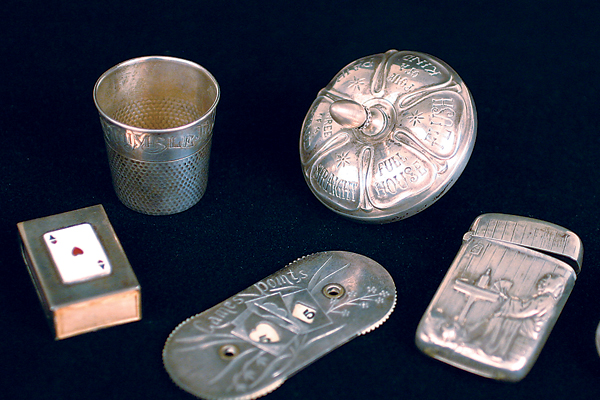 Gambling in the 19th century ranged from lotteries seen as “civic responsibility” on the East coast (the proceeds built prestigious universities such as Harvard, Yale, Columbia and Princeton) to Mississippi riverboat games and finally, to licensed gambling establishments on the frontier West.
Gambling in the 19th century ranged from lotteries seen as “civic responsibility” on the East coast (the proceeds built prestigious universities such as Harvard, Yale, Columbia and Princeton) to Mississippi riverboat games and finally, to licensed gambling establishments on the frontier West.
In 1855, the boomtown Columbia (now a California State Historical Park) boasted of 143 active faro banks, joining the ranks of states and cities throughout the West that were capitalizing on gambling proceeds to raise money for infrastructure.
Until the 1870s, faro, nicknamed Bucking the Tiger, was the most popular game played in Old West saloons, followed by early versions of poker and several dice games, such as high/low and chuck-a-luck. (Turn to p. 25 to learn how to play faro.) The last faro bank closed in 1985 at the Ramada Inn in Reno, Nevada.
Even if casinos are no longer betting on these games, collectors sure enjoy snatching up whatever markers, dice birdcages and faro casekeepers they can find. Great examples of 19th-century gambling paraphernalia were sold at Brian Lebel’s Cody Old West Show and Auction on June 23-25 in Cody, Wyoming. The high roller item was an 1880s’ saloon gaming set, which sold above estimate for a $2,900 bid. Bids for the auction totaled almost $1.2 million.






